Description
The CF23 Blood Python (Python brongersmai) is a specific morph or lineage of the Blood Python, a species native to Southeast Asia. Blood Pythons are known for their robust bodies, striking color patterns, and relatively shorter length compared to other large pythons. Males, including the CF23 morph, tend to be smaller and slightly more colorful than females.
Characteristics
Physical Appearance
- Coloration: The CF23 Blood Python typically exhibits a rich, dark red to deep maroon coloration with contrasting yellow or tan markings. The precise pattern and color intensity can vary.
- Size: Adult males usually reach lengths of 4-5 feet, with females being slightly larger. They have a stocky, muscular build.
- Head: A broad, triangular head with heat-sensing pits, and prominent eyes.
Behavior
- Terrestrial: Primarily ground-dwelling, often found in marshes, swamps, and forests in their native habitat.
- Diet: Carnivorous, feeding on small mammals and birds. In captivity, they are typically fed appropriately sized rodents.
- Temperament: Can be defensive and may strike if threatened. However, with regular and gentle handling, they can become more accustomed to human interaction.
Habitat and Enclosure
Natural Habitat
- Location: Native to the lowland forests and wetlands of Sumatra, Malaysia, Thailand, and parts of Indonesia.
- Environment: Prefers humid, warm environments with plenty of ground cover and access to water.
Captive Enclosure
- Size: For an adult male, a terrarium of at least 4 feet long, 2 feet wide, and 1.5 feet tall is recommended.
- Substrate: A substrate that retains humidity, such as cypress mulch, coconut husk, or sphagnum moss, is ideal.
- Temperature: Maintain a basking spot around 88-92°F with ambient temperatures of 78-82°F. Nighttime temperatures can drop to 75-78°F.
- Humidity: High humidity levels of 60-70% are essential. Regular misting and a large water dish can help maintain humidity.
- Hiding Spots: Provide multiple hiding spots and foliage to mimic their natural habitat and reduce stress.
Care and Maintenance
- Diet: Feed appropriately sized rodents, such as mice or rats, every 10-14 days. Juveniles may require more frequent feedings.
- Water: Provide a large, sturdy water dish for drinking and soaking. Clean and refill regularly.
- Handling: Handle regularly but gently to acclimate the snake to human interaction. Be cautious, as they can be defensive, especially when young or newly acquired.
- Health: Regular veterinary check-ups are important. Watch for signs of health issues such as respiratory infections, mites, or abnormal behavior.
Breeding
- Breeding Season: Typically occurs in the cooler months, with breeding triggered by a slight drop in temperature.
- Egg Laying: Females lay clutches of 12-30 eggs, which they incubate by coiling around them.
- Incubation: Eggs incubate for about 60-70 days at a temperature of around 88-90°F.
- Care of Young: Hatchlings are usually about 10-12 inches long and require the same care as adults but on a smaller scale. They can be fed appropriately sized pinkie mice.

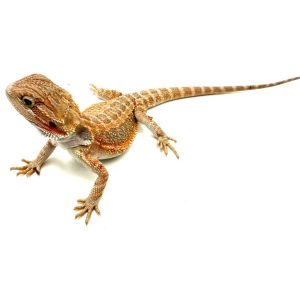

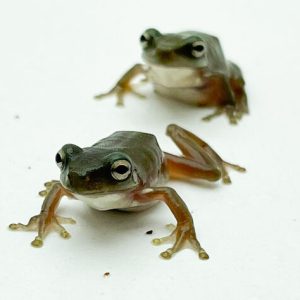
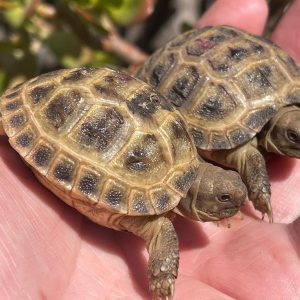
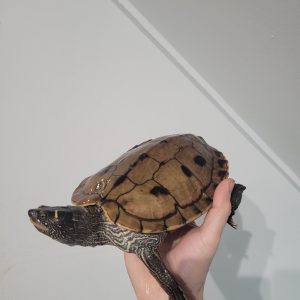
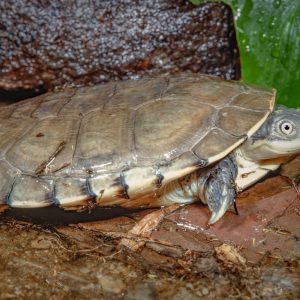
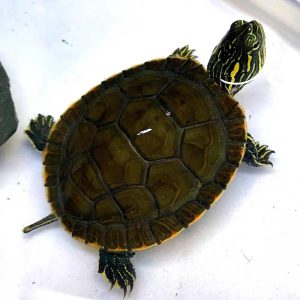
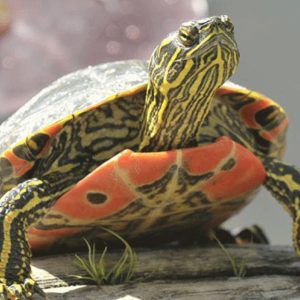
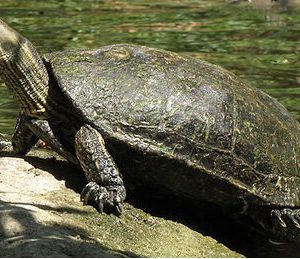
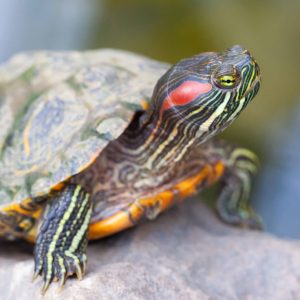

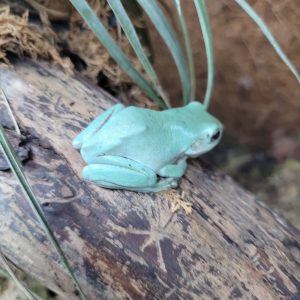
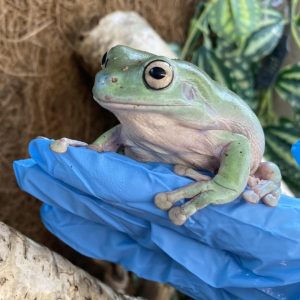

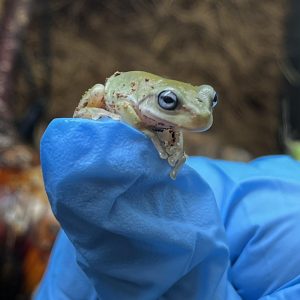
Reviews
There are no reviews yet.